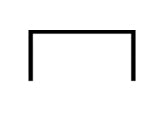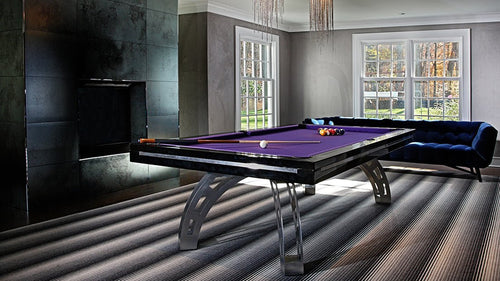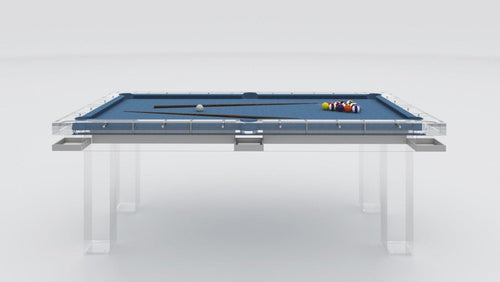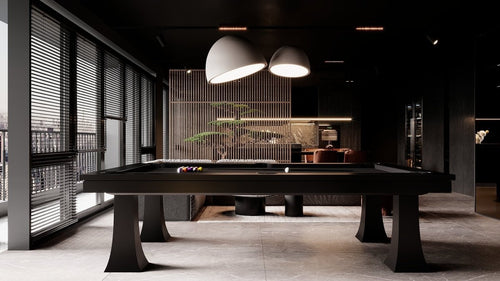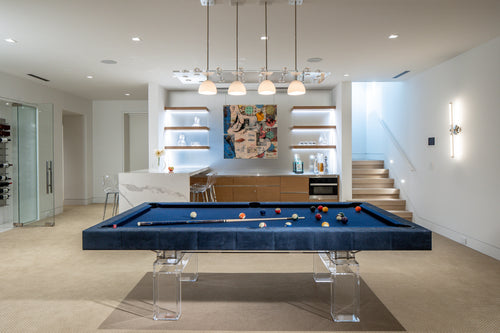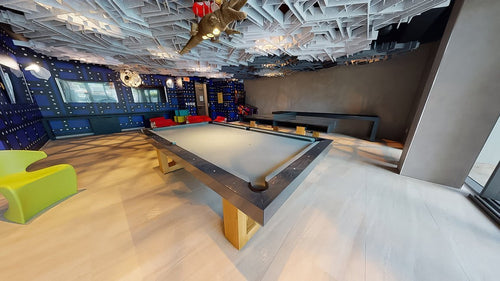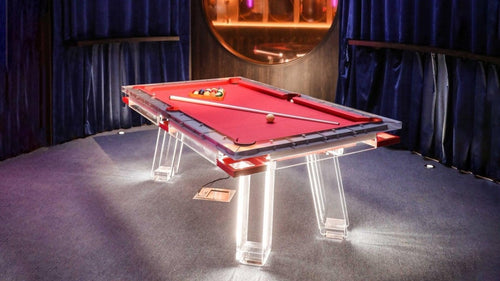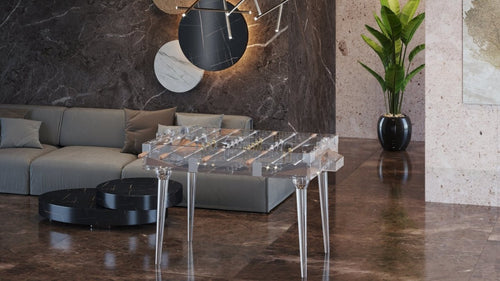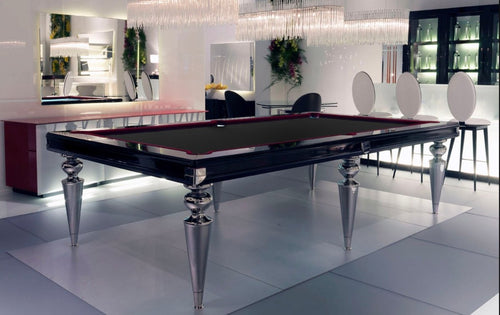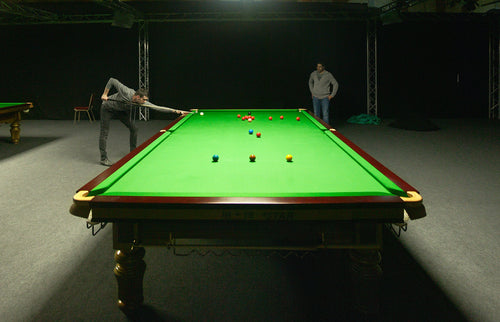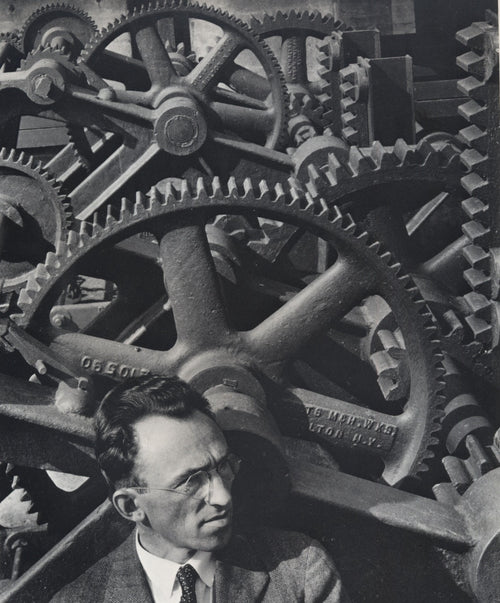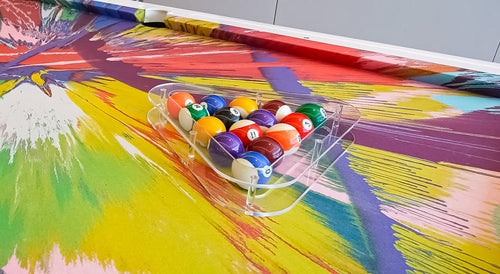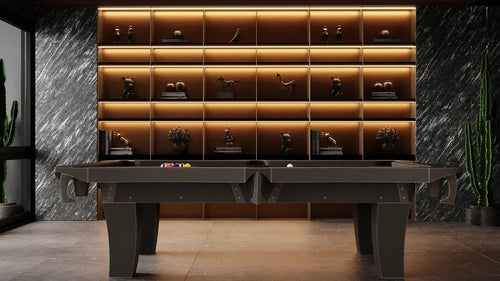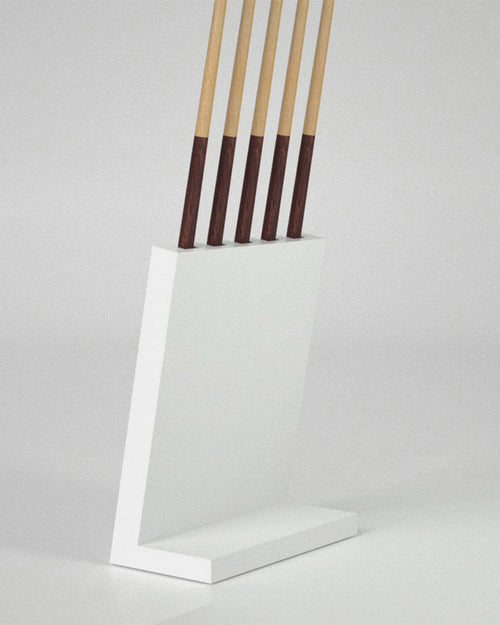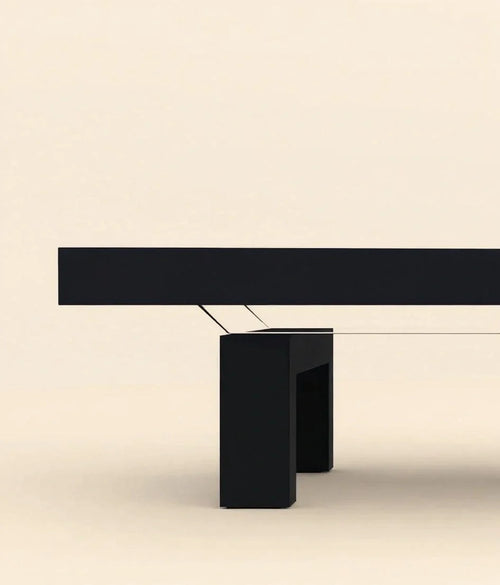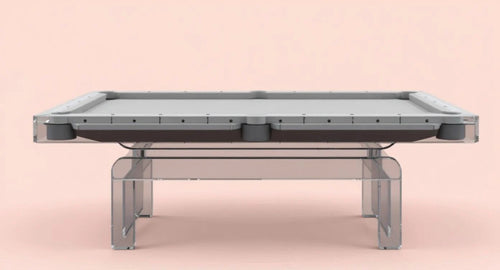Enjoy our modern designs
Pool cues aren’t just elegant pieces of sports equipment—they’re finely tuned instruments engineered to maximize performance. From material choices to precise balance, every design element of a cue has a measurable impact on gameplay. Let’s break down the science that turns a simple stick into a game-winning tool.
Table of Contents
1. Materials Matter
Wood and Beyond:
- Traditional Woods: Maple and ash have long been the gold standards for their natural resilience and consistent grain, offering a dependable feel and steady performance.
- Modern Alternatives: Fiberglass, carbon fiber, and composite materials are making waves by reducing susceptibility to environmental changes, enhancing durability, and sometimes offering a more uniform performance.
These materials affect not only the cue’s weight but also its vibration and energy transfer during a shot.
2. Weight and Balance
Precision in Motion:
- Cue Weight: A heavier cue can provide more momentum, while a lighter cue offers speed and finesse. The optimal weight depends on the player's style and strength.
- Balance Point: Where the mass is distributed along the cue influences its swing and control. A well-balanced cue minimizes unwanted torque, allowing for smoother, more accurate strokes.
A balanced cue ensures that energy is efficiently transferred from the player’s stroke to the cue ball.
3. The Tip's Role in Spin and Control
Cue Tip Dynamics:
- Hardness and Softness: A softer tip provides more friction, enabling players to impart spin and better control the cue ball’s path. In contrast, a harder tip offers less spin but can improve accuracy for straight shots.
- Energy Transfer: The cue tip acts as the interface between the cue and the ball. Its design directly affects how much of the player’s energy is transferred during impact, influencing both speed and precision.
Advancements in tip materials have allowed for greater customization, so players can fine-tune their equipment to match their unique playing style.
4. Shaft Flex and Cue “Squirt”
Managing the Physics:
- Shaft Flex: The slight bend or flex of the cue during a shot is not just a defect—it’s a calculated aspect of design. Controlled flex can help compensate for the natural “squirt” (sideways deflection) that occurs when striking the cue ball off-center.
- Cue Squirt: This phenomenon is where the cue deviates from the intended line of aim. A well-designed cue minimizes squirt, leading to more predictable and consistent shots.
Understanding these dynamics helps players adjust their techniques and choose cues that complement their natural playing mechanics.
5. Joint Construction and Energy Efficiency
The Connection Points:
- Types of Joints: Whether it’s a traditional ferrule or a modern quick-release joint, the connection between the shaft and the butt is crucial. A solid, well-engineered joint ensures that little energy is lost during the transfer from cue to ball.
- Impact on Vibration: The joint design also influences how vibrations travel through the cue, affecting both the feel of the shot and overall accuracy.
A seamless energy transfer, thanks to thoughtful joint design, can be the difference between a good shot and a great one.
Conclusion
The design of a pool cue is a perfect blend of art and science. Each component—from materials and weight to tip hardness and shaft flexibility—plays a role in the physics of play. For players looking to elevate their game, understanding these elements can provide a strategic edge when selecting or customizing their cue. Ultimately, the right cue design not only enhances performance but also deepens the connection between player and game.

